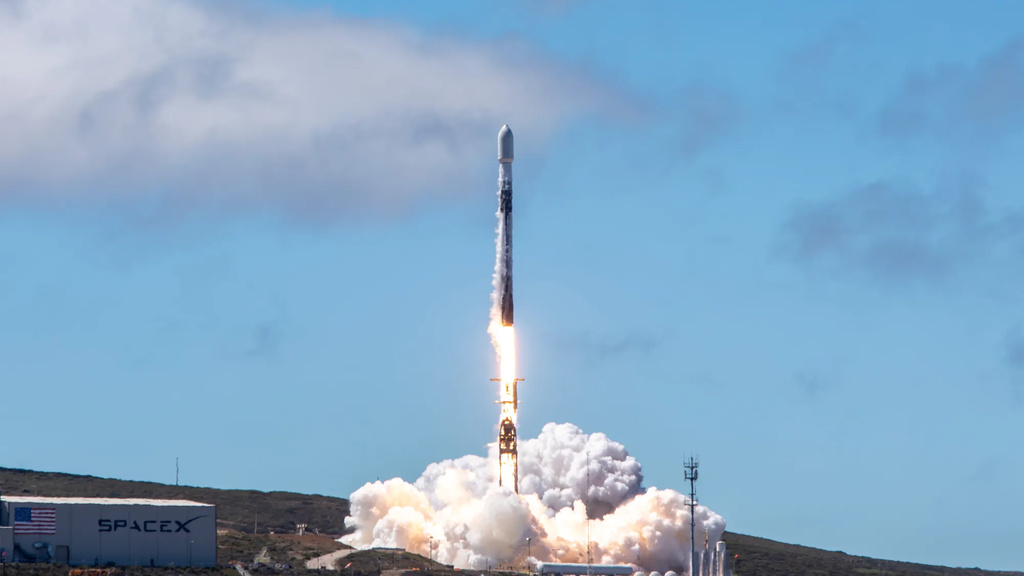
This five-year project will involve the design, building, and testing MAGIC, a next-generation University of Iowa built spaceflight fluxgate magnetometer. We will establish flight-heritage through a do-no-harm Technical Demonstration as a hosted-payload on the UI-led TRACERS SMEX mission that complements the existing UCLA magnetometer (enabling spacecraft field mitigation). MAGIC is built from scratch at the University of Iowa by Prof. Miles, the principal investigator of the project. MAGIC delivers world-class magnetic measurements without relying on the legacy ring-cores used by most other providers and can be scaled and tuned for other applications.
The two technical objectives of the project are:
- Technical Demonstration on TRACERS Establishing Flight-Heritage Objective
- New National Capability to Provide Spaceflight Magnetometers
News
TRACERS mission funded by $115 million grant from NASA takes next step
Thursday, June 25, 2020
UI Physics and Astronomy Assistant Professor David Miles is developing a new magnetic-field instrument called MAGnetometers for Innovation and Capability (MAGIC). Miles said MAGIC will be a supplement, or an add-on, to the Tandem Reconnection and Cusp Electrodynamics Reconnaissance Satellites (TRACERS) mission, which will strive to answer questions regarding space weather.
NASA-Iowa TRACERS project moves into next phase
Tuesday, June 2, 2020
A $115 million space mission awarded by NASA to the University of Iowa can now proceed in earnest. Called TRACERS, it will study interactions between the sun’s and Earth’s magnetic fields. NASA also approved an extra $7.6 million for a magnetic field instrument to be designed and built at Iowa,
Called MAGnetometers for Innovation and Capability (MAGIC), the instrument is intended to demonstrate that Iowa can reliably manufacture a new magnetic-field instrument that meets NASA’s exacting standards.

NASA Launches Mission to Study Earth’s Magnetic Shield
Wednesday, July 23, 2025
NASA’s newest mission, TRACERS, soon will begin studying how Earth’s magnetic shield protects our planet from the effects of space weather. Short for Tandem Reconnection and Cusp Electrodynamics Reconnaissance Satellites, the twin TRACERS spacecraft lifted off at 11:13 a.m. PDT (2:13 p.m. EDT) on Wednesday, July 23, 2025, aboard a SpaceX Falcon 9 rocket from Space Launch Complex 4 East at Vandenberg Space Force Base in California.